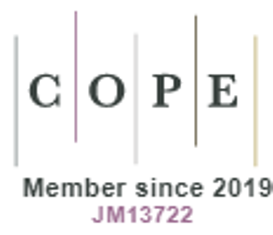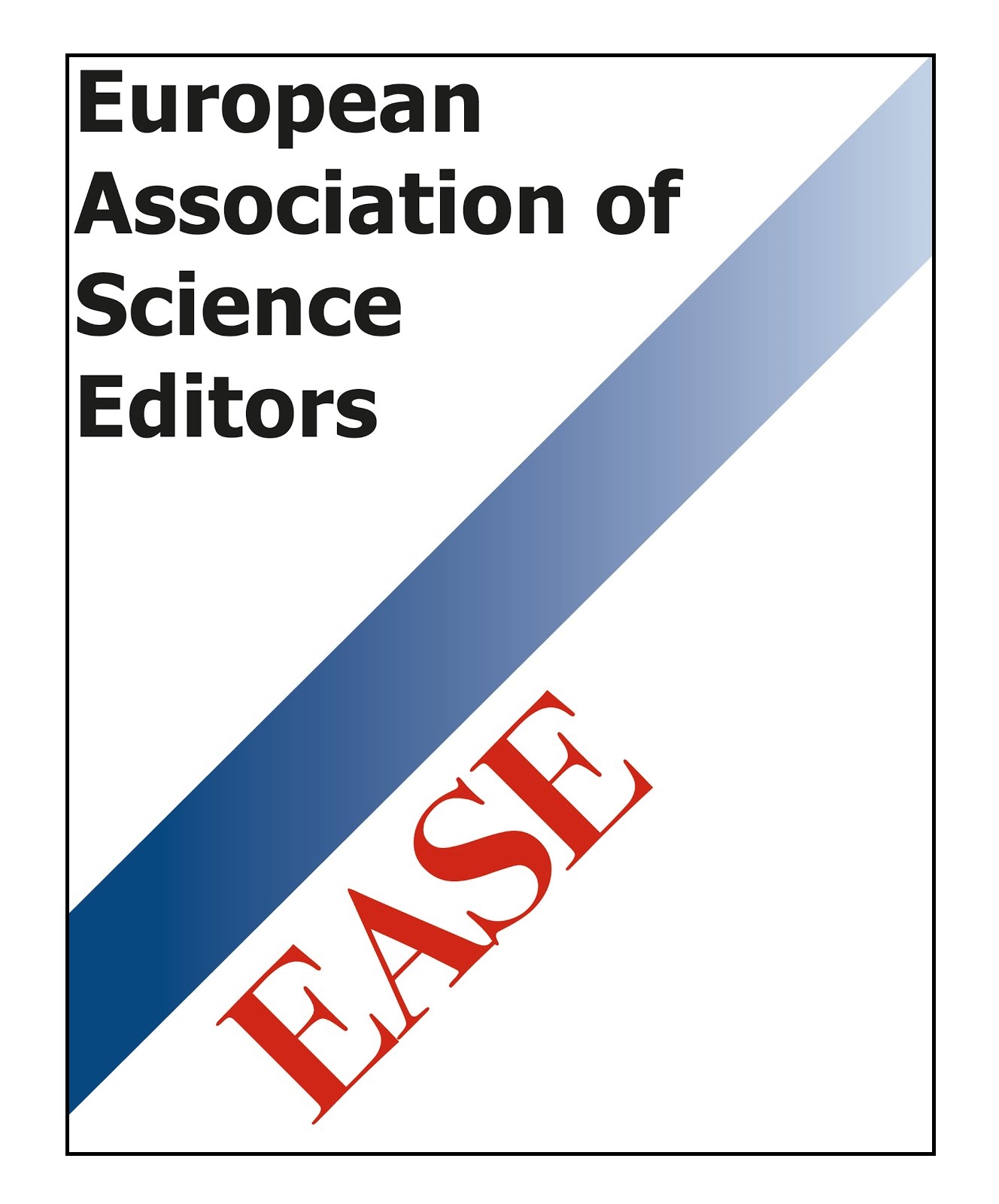Changes of the Neutron Flux of the Nuclear Reactor Triga Mark III Since the Conversion from High to Low 235U Enrichment
DOI:
https://doi.org/10.15415/jnp.2021.82019Keywords:
Triga Mark III, Nuclear tracks, CR-39, Neutron fluxAbstract
The neutron flux of the Triga Mark III research reactor was studied using nuclear track detectors. The facility of the National Institute for Nuclear Research (ININ), operates with a new core load of 85 LEU 30/20 (Low Enriched Uranium) fuel elements. The reactor provides a neutron flux around 2 × 1012 n cm-2s-1 at the irradiation channel. In this channel, CR-39 (allyl diglycol policarbonate) Landauer® detectors were exposed to neutrons; the detectors were covered with a 3 mm acrylic sheet for (n, p) reaction. Results show a linear response between the reactor power in the range 0.1 - 7 kW, and the average nuclear track density with data reproducibility and relatively low uncertainty (±5%). The method is a simple technique, fast and reliable procedure to monitor the research reactor operating power levels.
Downloads
References
G. Espinosa, Nuclear Tracks in Solids. UNAM, Mexico (1994).
J.K. Palfalvi and L. Sajo-Bohus, Radiation Measurements 28, 483 (1997). https://doi.org/10.1016/S1350-4487(97)00125-X
K. Amgarou, M. Trocmé, M.J. García-Fusté, M. Vanstalle, E. Baussan, A. Nourreddine and C. Domingo, Radiation Measurements 50, 61 (2013). https://doi.org/10.1016/j.radmeas.2012.11.015
J.K. Palfalvi, L. Sajo-Bohus, M. Balaskó and I. Balásházy, Radiation Measurements 34, 471 (2001). https://doi.org/10.1016/S1350-4487(01)00209-8
R. Bedogni, C. Domingo, A. Esposito, A. Gentile, M.J. García-Fusté, M. de-San-Pedro, L. Tana, F. d’Errico, R. Ciolini and A. Di Fulviod, Radiation Measurements 50, 78 (2013). https://doi.org/10.1016/j.radmeas.2012.04.009
S.R. Hashemi-Nezhad, M. Dolleiser, R. Brandt, W. Westmeier, R. Odoj, M.I. Krivopustov, B.A. Kulakov and A.N. Sosnin, Nuclear Instruments and Methods in Physics Research Section A: Accelerators, Spectrometers, Detectors and Associated Equipment 493, 121 (2002). https://doi.org/10.1016/S0168-9002(02)01551-6
E.S. Kristof, R. Ilic, M. Humar and J. Skvarc, Proceedings of 4th Regional Meeting Nuclear Energy in Central Europe, 381-387 (1997).
J.K. Palfalvi, L. Sajo-Bohus and M. Balaskó, Nuclear Instruments and Methods in Physics Research Section A: Accelerators, Spectrometers, Detectors and Associated Equipment 476, 452 (2002). https://doi.org/10.1016/S0168-9002(01)01489-9
A.R. El-Sersy and S.A. Eman, European Physical Journal A 44, 397 (2010). https://doi.org/10.1140/epja/i2010-10975-1
F. Aguilar-Hernandez, MEXICAN TRIGA MARKIII REACTOR (International Atomic Energy Agency, 2015). Retrieved from https://wwwpub.iaea.org/MTCD/Publications/PDF/SupplementaryMaterials/D482/LatinAmericaAndTheCaribbean.pdf
F. Castillo, G. Espinosa, J.I. Golzarri, D. Osorio, J. Rangel, P.G. Reyes and J.J.E. Herrera, Radiation Measurements 50, 71 (2013). https://doi.org/10.1016/j.radmeas.2012.09.007
G. Espinosa, J.I. Golzarri, I. Gamboa, L. Tommasino and R. Griffith, International Journal of Radiation Applications and Instrumentation. Part D. Nuclear Tracks and Radiation Measurements 12, 235 (1986). https://doi.org/10.1016/1359-0189(86)90578-9
R. Gammage and G. Espinosa, Radiation Measurements 28, 835 (1997). https://doi.org/10.1016/S1350-4487(97)00193-5
Downloads
Published
How to Cite
Issue
Section
License
View Legal Code of the above-mentioned license, https://creativecommons.org/licenses/by/4.0/legalcode
View Licence Deed here https://creativecommons.org/licenses/by/4.0/
| Journal of Nuclear Physics, Material Sciences, Radiation and Applications by Chitkara University Publications is licensed under a Creative Commons Attribution 4.0 International License. Based on a work at https://jnp.chitkara.edu.in/ |














